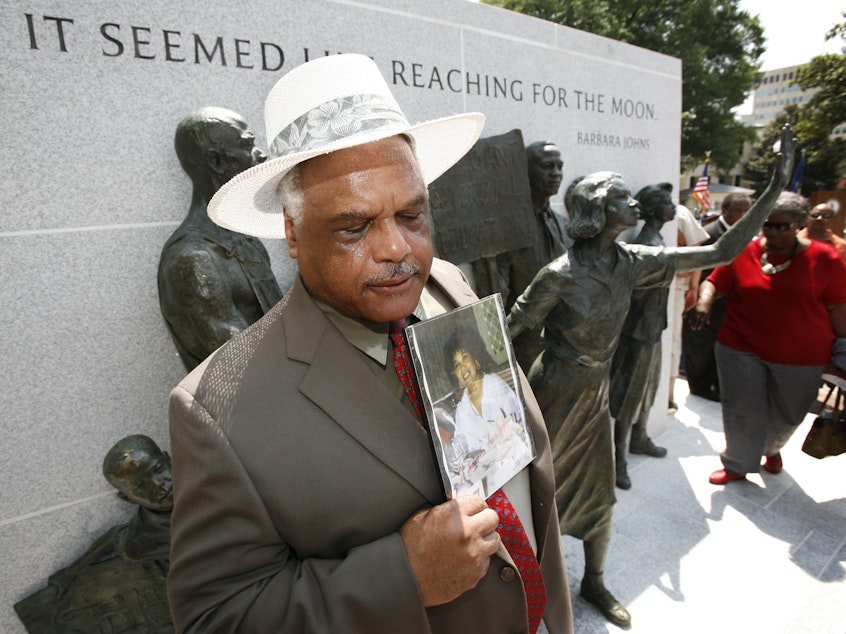Maryland artist chosen to create U.S. Capitol statute of teen who fought segregation

Sculptor Steven Weitzman has been selected to create a statue for the U.S. Capitol of Barbara Rose Johns, who as a teenager led a student strike in Virginia that helped pave the way for the dismantling of school segregation.
The Commission for Historical Statues in the U.S. Capitol selected the Maryland sculptor to create the bronze statue that will replace a statue of Confederate Gen. Robert E. Lee contributed by Virginia. The Statuary Hall Collection, where the Barbara Rose Johns statue will be hosted, consists of two statues from each state.
Weitzman was the unanimous choice for the job, the commission said.
"His obvious passion for this project and his articulation of Barbara John's legacy evoked an emotional response from the Commission," state Sen. Louise Lucas, chair of the commission, said in a statement. "After his moving presentation, the decision to offer this commission to Weitzman was quickly and easily reached."
Weitzman's proposed design shows Johns on a school stage holding up a book as she stands beside a lectern. Beneath the wood floorboards are spines of books by Black authors. The concept is inspired by her speech in 1951 to classmates calling for a schoolwide strike to protest the subpar education Black students received.
Sponsored
Johns, at age 16, led a historic student strike to protest overcrowding at Robert Russa Moton High School, an all-Black school in Farmville, Va. The resulting court case helped pave the way for the landmark Brown v. Board of Education desegregation ruling nearly 70 years ago.
"Barbara Rose Johns led an extraordinary act of non-violent civil disobedience which helped to ignite the American Civil Rights Movement," Weitzman said in the statement. "As was the case for numerous Black youths of the Jim Crow era, this brave young woman has not been celebrated in the great halls of America until now."
The design will be "slightly modified" based on comments by the commission and members of Johns' family, after which it will be submitted to the Architect of the Capitol and the Joint Committee on Libraries for final approval.
"What my family would like to see is that we have approval, we participate in the final approval process for this statue, because we really want it to look like Barbara," Barbara's brother Robert Johns said to the commission and Weitzman on Wednesday, according to NPR member station VPM.
Weitzman's prestigious commissions include bronze sculptures of former Washington, D.C., Mayor Marion S. Barry Jr., and abolitionist Frederick Douglass, which is installed in the U.S. Capitol.
Sponsored
The 11-foot statue of Johns is expected to be placed in the U.S. Capitol next to Virginian President George Washington in 2024, VPM reported. [Copyright 2023 NPR]


